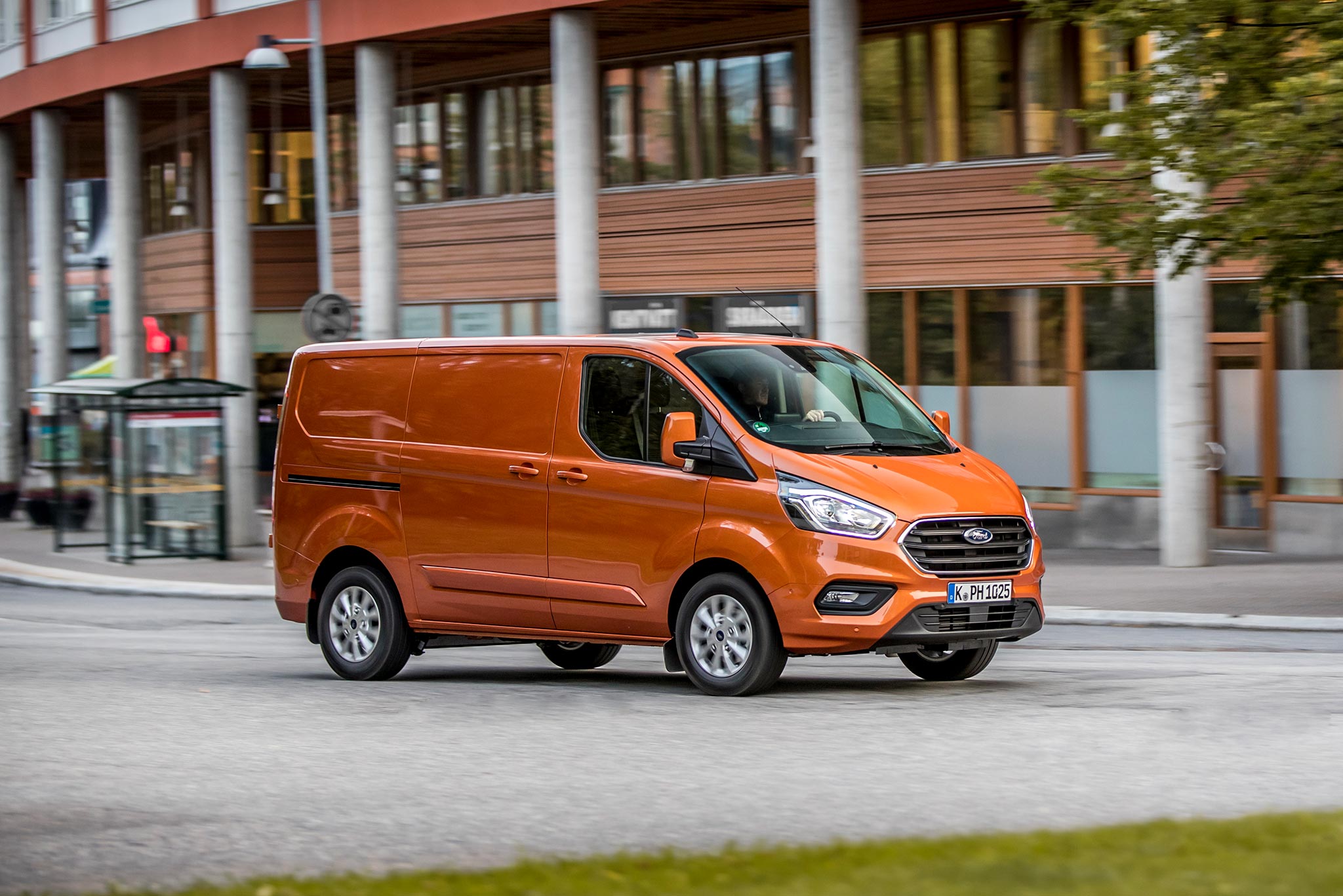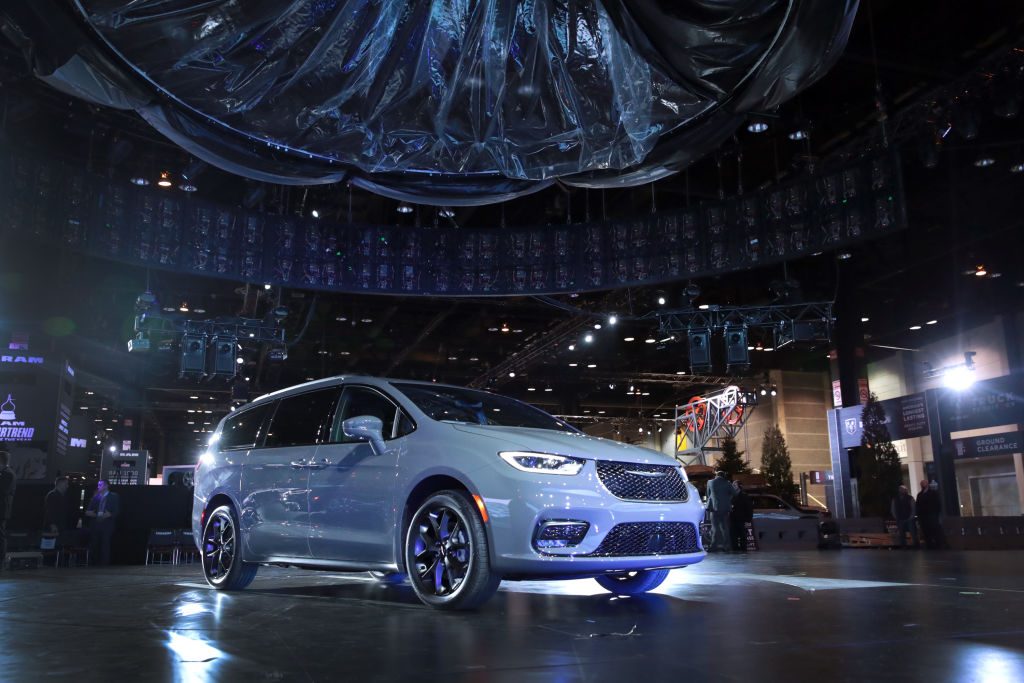The goal is to charge an eBike inside a hybrid van in cold regions, like Colorado. Heating the van with a permanently installed electric heater from the traction battery is also important. The solution involves identifying the electrical parts for a dealer to install.
Comparing Ford's gas-engine-as-generator EV philosophy with Chrysler's electric-motor-as-generator approach is interesting. Two different approaches to EV range. Both Chrysler and Ford license the same variable electronic transmission technology.
Whether a PHEV or HEV can be used for cold weather recreational camping purposes centers on the electric motor/generator design and implementation. Some basic questions are:
A second 1500 Watt inverter that doubles the inverter power included in the Pinnacle package is needed. The marketing literature does not indicate how many watts the inverter is. I assume a 1500W inverter, because the standard 400W outlet is unremarkable. The 2021 Pinnacle features a refrigerator, so a 1500W inverter is a reasonable assumption. At the very least, disconnect the refrigerator to connect other electrical devices.
In any event, the dealer must install one or more inverters to be powered by the traction battery. A 5,000W inverter would be very nice. The following diagram illustrates an easy connection point towards the rear of the van, between the high and low voltage batteries.
The diagram omits the 110ACV connection. The connection might come from the Power Inverter Module (PIM).
The Pacifica traction battery is 16kWh that can be charged in two hours (i.e., not fast charging). The battery can also be charged by one of electric motors while the gas engine is runnng. Many details about the structure and functioning of the electrical system must be researched. For example, can the inverter draw power without automatically turning on the engine? Heating a van from a gas engine while sleeping can be fatal.
The traction battery needs to be warmed by the gas engine when outside temperatures fall below 32F. What temperature does the traction battery need to be raised to in order to charge an eBike for 3.5 hours or power an electrical heater overnight? These questions, as well as new issues will be explored in this thread.

 www.allpar.com
www.allpar.com

2020 inverter is a disappointment page 118
There is a 115 Volt, 150 Watt Power Inverter outlet located on the right side of the vehicle, before the third row of seats to convert DC current to AC current. The Power Inverter can power cellular phones, electronics and other low power devices requiring up to 150 Watts.
Certain high-end video game consoles will exceed this power limit, as will most power tools.
Power Inverter
The Power Inverter turns on when the device is plugged in, and the ignition is in ON/RUN position. It turns off when the device is unplugged or the ignition is no longer in ON/ RUN position.
The Power Inverter is designed with built-in overload protection. If the power rating of
150 Watts is exceeded, the Power Inverter shuts down. Once the electrical device has been removed from the Power Inverter, it resets. To avoid overloading the circuit, check the power ratings on electrical devices prior to using the Power Inverter.
Comparing Ford's gas-engine-as-generator EV philosophy with Chrysler's electric-motor-as-generator approach is interesting. Two different approaches to EV range. Both Chrysler and Ford license the same variable electronic transmission technology.
Whether a PHEV or HEV can be used for cold weather recreational camping purposes centers on the electric motor/generator design and implementation. Some basic questions are:
- Is battery power available when ignition in off position?
- Is the inverter connected to high voltage (HV) battery or low volltage (12V) lead acid battery?
- Will the HV battery recharge the LV battery when ignition in off position, without gas engine power?
- Is the HV battery power dependent upon gas engine when ignition in off position?
A second 1500 Watt inverter that doubles the inverter power included in the Pinnacle package is needed. The marketing literature does not indicate how many watts the inverter is. I assume a 1500W inverter, because the standard 400W outlet is unremarkable. The 2021 Pinnacle features a refrigerator, so a 1500W inverter is a reasonable assumption. At the very least, disconnect the refrigerator to connect other electrical devices.
In any event, the dealer must install one or more inverters to be powered by the traction battery. A 5,000W inverter would be very nice. The following diagram illustrates an easy connection point towards the rear of the van, between the high and low voltage batteries.
The diagram omits the 110ACV connection. The connection might come from the Power Inverter Module (PIM).
The Pacifica traction battery is 16kWh that can be charged in two hours (i.e., not fast charging). The battery can also be charged by one of electric motors while the gas engine is runnng. Many details about the structure and functioning of the electrical system must be researched. For example, can the inverter draw power without automatically turning on the engine? Heating a van from a gas engine while sleeping can be fatal.
The traction battery needs to be warmed by the gas engine when outside temperatures fall below 32F. What temperature does the traction battery need to be raised to in order to charge an eBike for 3.5 hours or power an electrical heater overnight? These questions, as well as new issues will be explored in this thread.
Deep inside the Chrysler Pacifica hybrid system
Motor 2 is used as a generator for recharging the battery pack during Hybrid operation; much of the current generated by Motor 2 is used to power Motor 1. Motor 2 controls the sun gear in the planetary gear set, allowing it control gasoline engine speed and torque being transferred to the wheels with optimum efficiency.
electronic components, but we believe some of the Motor 1 internal components are supplied by a Chinese vendor. The high voltage battery, which is liquid cooled and weighs 368 pounds, is supplied by the South Korean company LG Chem. The battery has an On-Board Charging Module (OBCM) and the (yes, really) Electric Coolant Heater (ECH).
115-volt outlet — can be ordered as options in the lower trims.
Can the Chrysler Pacifica come with all-wheel drive?
If we were still in 2019, the answer would have been no. The only all-wheel-drive minivan available then was the Toyota Sienna. The Pacifica started offering that option during the 2020 model year, and this 2021 version continues to do so.
However, it’s not possible to have all-wheel drive with the plug-in hybrid powertrain. (Not entirely sure about this statement)
2020 inverter is a disappointment page 118
There is a 115 Volt, 150 Watt Power Inverter outlet located on the right side of the vehicle, before the third row of seats to convert DC current to AC current. The Power Inverter can power cellular phones, electronics and other low power devices requiring up to 150 Watts.
Certain high-end video game consoles will exceed this power limit, as will most power tools.
Power Inverter
The Power Inverter turns on when the device is plugged in, and the ignition is in ON/RUN position. It turns off when the device is unplugged or the ignition is no longer in ON/ RUN position.
The Power Inverter is designed with built-in overload protection. If the power rating of
150 Watts is exceeded, the Power Inverter shuts down. Once the electrical device has been removed from the Power Inverter, it resets. To avoid overloading the circuit, check the power ratings on electrical devices prior to using the Power Inverter.
Last edited:







